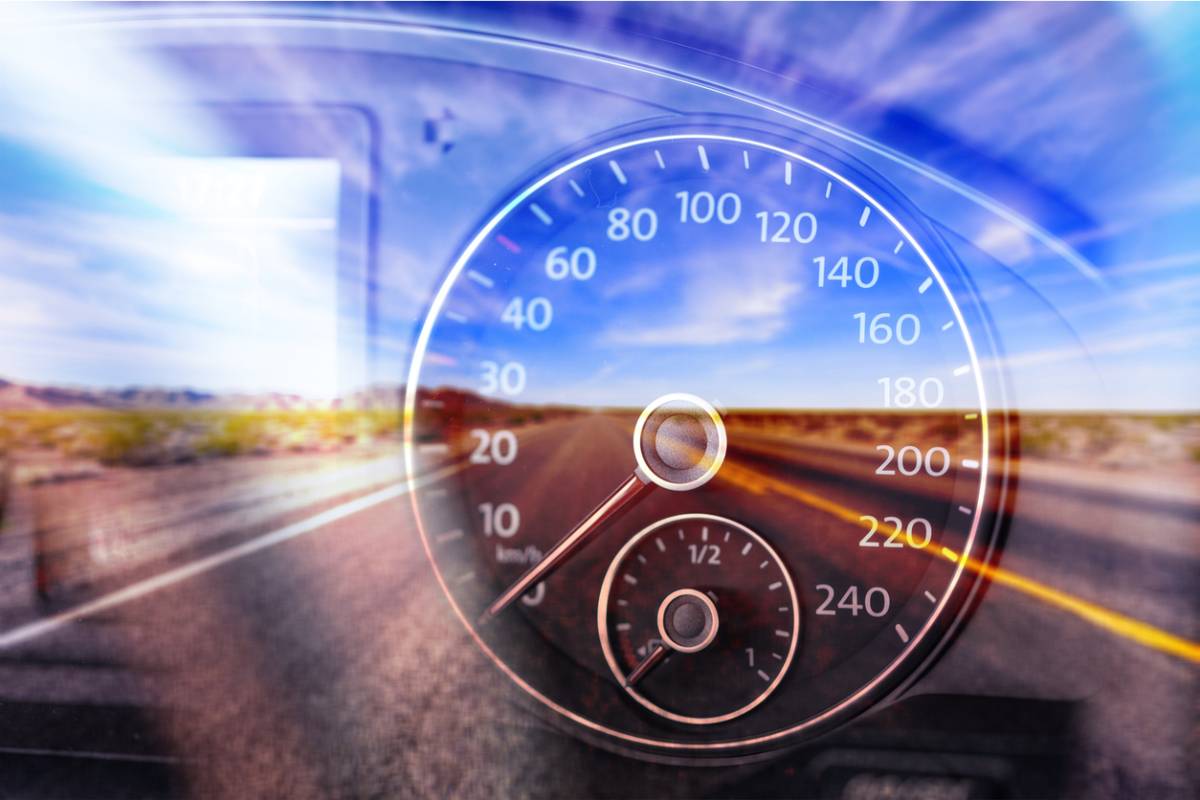Undergoing laser eye surgery such as LASIK can be life-changing, especially if you’ve had vision problems for a long time. However, one of the things that potential clients consider is the ability to drive right after the surgery. Below we present our guide to questions about driving after Lasik.
Driving After Lasik Surgery: What to Know
In order to safely drive, drivers have to see clearly and they have to be quick on their reflexes, so it is natural for someone thinking about having laser eye surgery to also think about the impact of this procedure on their ability to drive safely.
The Recovery Process
While laser eye surgeries are minimally invasive eye surgery procedures, they still require some recovery time. Although your eyes will start to heal as soon as the procedure is over, it generally takes 2 to 3 months for the eyes to fully heal.
At first, patients usually experience glare, blurred vision, sensitivity to light, halos, which affect your driving abilities.
How Soon Can You Drive?
Your schedule for your first post-operative check-up is a day after the procedure. Your doctor will check your eyes for any infection and see if it’s properly healing. Your vision will also be checked. If your vision is okay and deemed to be legal vision, then you will have the clearance to drive.
Meanwhile, if you’ve had PRK, the recovery time will be longer. You will need two post-op visits, one on day one and another one on day five. It is usually on day five that legal vision is reached.
With this in mind, make sure that you have a trusted friend or a family member to drive you to and from the clinic on the day of your surgery and during your post-op visits.
Time Frame for Safe Driving
In general, patients are normally able to resume driving within a few days to a week. The timeline only varies according to how quickly the patient’s eyes heal and the type of laser procedure they had.
Your doctor will give you specific instructions customized to your specific situation. If you are able to adhere to them diligently, then you can expect a fast, smooth and successful recovery.
During your initial recovery, temporary driving restrictions may apply. This is for your own safety as well as that of those on the road with you.
These restrictions are based on some factors:
Visual Acuity
Adequate visual acuity is essential. Without it, you are going to put your safety and that of those around you in jeopardy. During your follow-up visits to your doctor, he will assess your vision and until such time that your eyes meet the legal requirements for driving without corrective lenses, it is important not to rush back behind the wheel.
Night Vision and Glare Sensitivity
It is normal for most people without vision problems to have some kind of difficulty driving at night or in bright sunlight. But driving under these conditions becomes even more challenging after laser eye surgery, especially during the early stages of recovery. Increased glare and difficulty adjusting to low light conditions are some of the additional challenges a patient may experience.
Updating of Driver’s License
If you have temporary driving restrictions, then you will need to update your driving license. Make sure that you are able to change the vision status on your license within 30 days after the procedure. Otherwise, you may receive a citation when you get pulled over.
It would also be wise to slowly go back to driving starting with short trips during daylight in familiar areas before attempting to drive longer or at night. This will help you become more confident as your vision continues to improve.
Throughout your recovery process, keep in touch with your doctor and maintain open communication with him and his team. They will be able to address any of your concerns and provide you with invaluable guidance based on your unique circumstances.
If you are considering undergoing eye laser surgery or if you have any other eye-related concerns, please feel free to contact Advanced Eye Medical.

